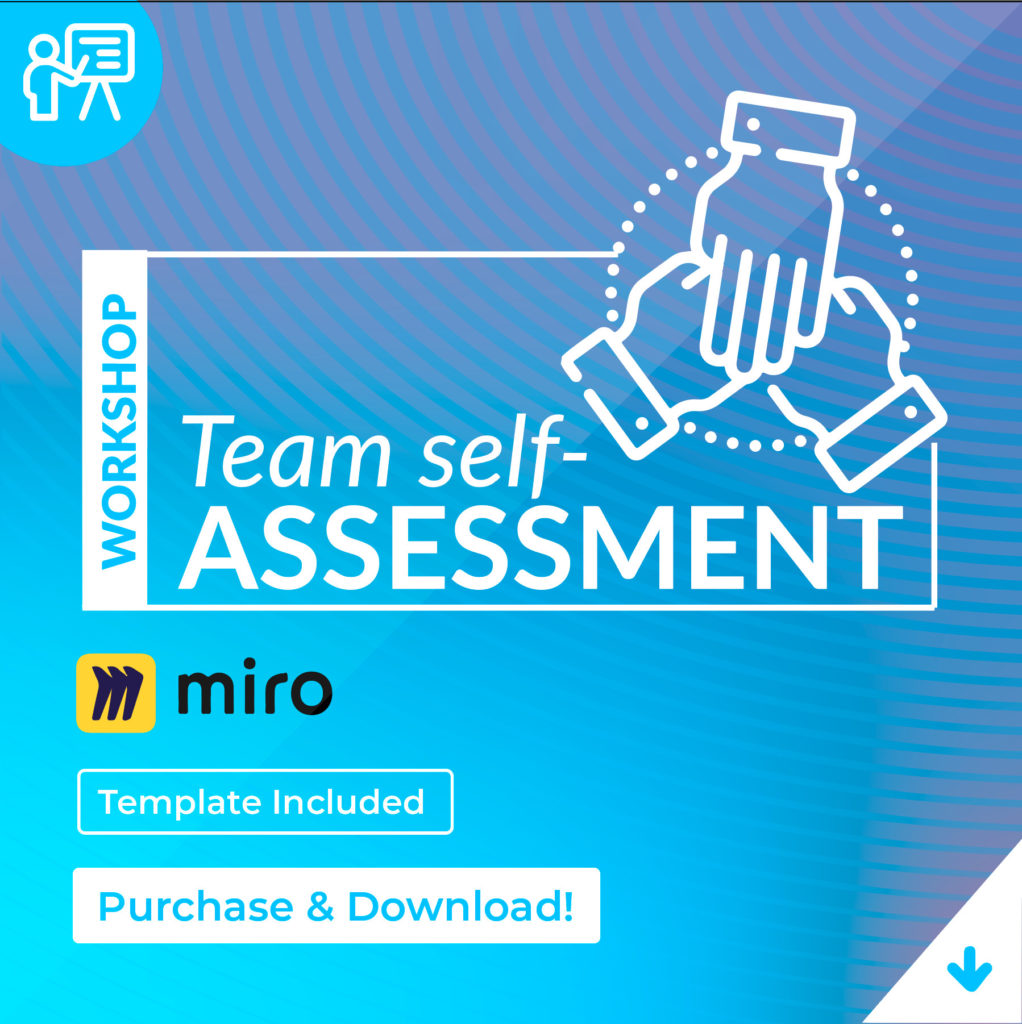There are always opportunities for improvement for any team! Especially, if you encourage agility and empiricism. In my latest video, I’d like to talk about why it’s important and how you can do it.
I’ve already talked about Scrum specific assessments before in my previous articles, but I’d like to expand this topic to general idea of inspection and adaptation, whether you are following Scrum or not.
To help with that, I have just released a new guide in my store: Team Self-Assessment Guide. This is a great tool for any team who focuses on continuous improvement and growth. It is especially useful if your team is going through some big changes
Are you a Team Lead, a Scrum Master, or just a team member, this can be a great way of professional development.
The goal of this tool is not only to review the current situation in your team or organization, but also help you create an action plan you can start implementing right away.
Why run self-assessments
There are a few reasons for running self-assessments that I’d like to highlight.
Increased sense of ownership
Since the team is fully involved in the evaluation, they know that they have decision power over their work and are much more dedicated to the improvements.
The key here is to actually involve the team. That’s why it’s a self-assessment. It’s not something you would do on your own and then present the results to your team. They might not agree with you!
But when you involve the team you put it back into their hands and give them an opportunity to contribute and share their opinions.
Ability to track the results
Thanks to a quantitative way to collect the assessment results, it is easy to see progress over time when you conduct the assessment again later.
A concern that is often raised (especially, when it comes to retrospectives, for example), is that it’s just a waste of time because nothing ever changes. This might even come up if some small improvements have been actually implemented.
By using quantitative metrics that self-assessments provide, you can show real results and make the inspection and adaptation cycle much more valuable.
Personalizing your assessment
Don’t just take any assessment as is, and instead find a way to make it more relevant to your team.
👉👉👉 In the video, I mention the Spotify Squad Health Check. It’s a great start. However, I would encourage to review the categories and make them more specific to what your team does.
You can even drive the assessment toward the areas that you believe need the most attention.
That is why in the Team Self-Assessment Guide I share a list of improvement areas you can choose from.
Scrum MasterS Using Assessments
If you are a Scrum Master, assessments like this one can be invaluable in your work.
I often start with using some kind of assessment to identify how I can help the team from the very first days of working with them.
Self-assessments can become great tools for involving the team in discussions, and I absolutely love using them during retrospectives, whether with a new team or a team that has been working together for a while.
I recommend trying out a few tools to figure out which one works for you and then improving it as you continue to work as a Scrum Master. There are plenty of awesome free and paid tools you can use. Don’t focus only on Scrum-specific tools, though, as there are many other areas you might want to explore to encourage team growth.




